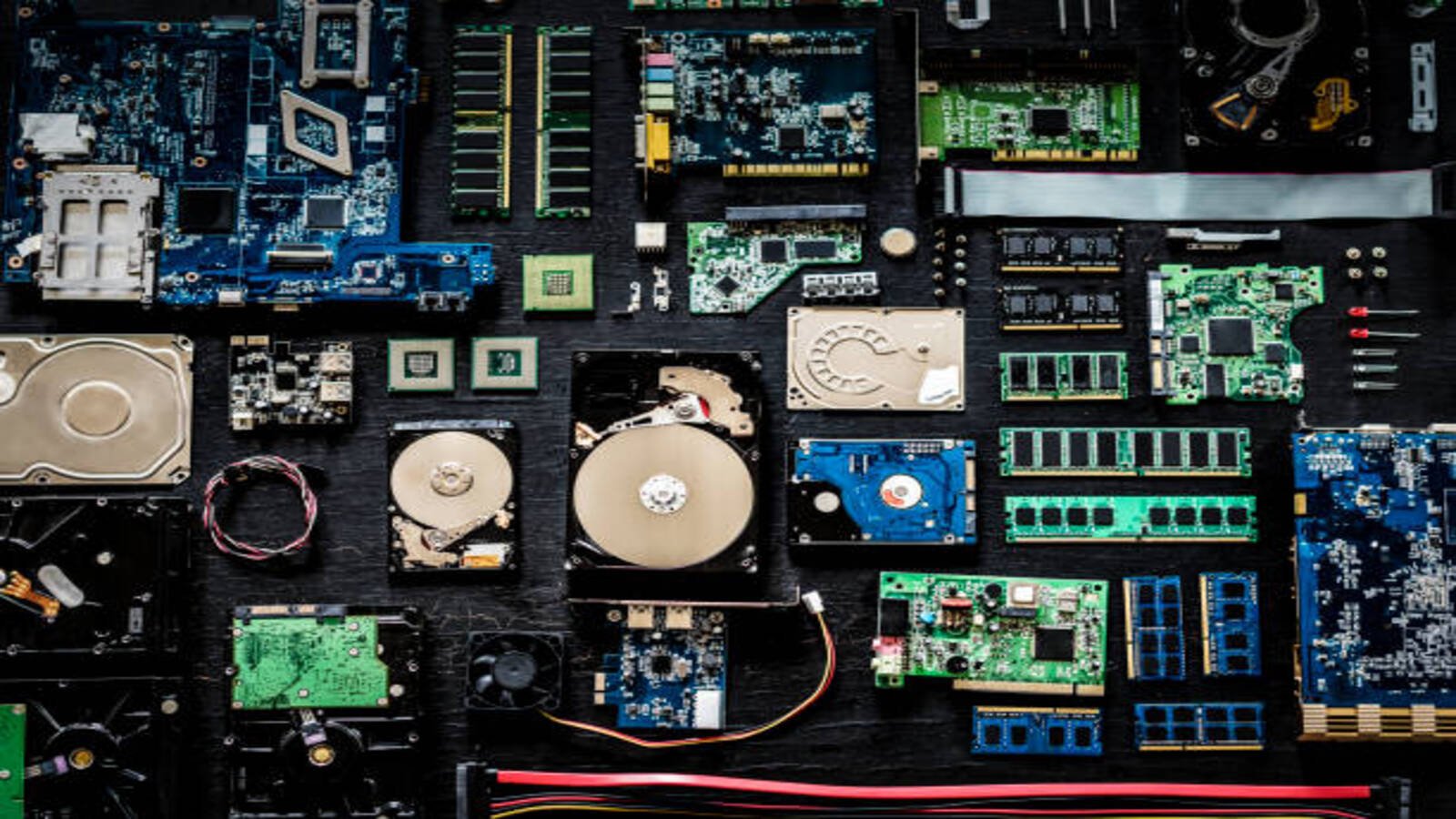The Importance of High-Quality Copper and Aluminum Parts in Electrical Equipment
Electrical equipment is vital in today's society, powering everything from homes to large industrial facilities. However, the role of high-quality copper and aluminum parts in ensuring the reliability and efficiency of this equipment is often overlooked. In this article, we will explore the significance of these metals in electrical equipment, from their properties to their applications.
Properties of Copper and Aluminum
Copper and aluminum are two of the most commonly used metals in electrical equipment. Copper is an excellent conductor of electricity, and its high ductility allows it to be easily formed into various shapes and sizes. Aluminum is also a good conductor of electricity and has excellent corrosion resistance. Its lightweight nature makes it ideal for use in large-scale electrical equipment.
Applications of Copper and Aluminum in Electrical Equipment
Both copper and aluminum are used in a variety of electrical applications, including wiring, motors, transformers, and generators. In wiring, copper is the preferred metal due to its excellent conductivity, while aluminum is commonly used for overhead power lines due to its light weight and cost-effectiveness. Both metals are also frequently used in motors and transformers, where their conductivity allows for efficient energy transfer.
The Importance of High-Quality Copper and Aluminum Parts
Using high-quality copper and aluminum parts is of utmost importance in electrical equipment. Inferior metals can lead to increased resistance, resulting in energy losses and inefficiency. In addition, lower-grade metals can corrode more easily, leading to equipment failure and safety hazards. Choosing high-quality copper and aluminum parts from reputable manufacturers ensures that your electrical equipment will function efficiently and reliably.
Copper and Aluminum Part Manufacturing
Copper and aluminum parts are manufactured using a variety of processes, including extrusion, casting, and forging. Extrusion is commonly used to create copper and aluminum wires, while casting and forging are often used to create larger parts such as motor casings and transformer cores. High-quality manufacturing processes ensure that the metals are formed with minimal defects and that their properties remain consistent throughout the finished product.
Maintenance of Copper and Aluminum Parts
Maintaining copper and aluminum parts is critical in ensuring the longevity of electrical equipment. Regular inspections can help detect corrosion and other forms of damage before they cause equipment failure. Cleaning and lubrication of copper and aluminum parts can also help prevent corrosion and ensure their reliable operation.
Cost Considerations
The cost of high-quality copper and aluminum parts can be higher than that of their lower-grade counterparts, but the investment is well worth it in the long run. Lower-quality parts can lead to increased energy costs, equipment failures, and safety hazards, resulting in costly downtime and repair expenses. Choosing high-quality parts may require a higher upfront investment, but it ultimately saves money and reduces risks in the long term.
The Future of Copper and Aluminum in Electrical Equipment
As technology continues to advance, the demand for more efficient, higher-powered electrical equipment will grow. Copper and aluminum will continue to play a crucial role in meeting this demand, as their excellent conductivity and other properties make them ideal for use in a variety of applications. Advances in manufacturing processes and the development of new alloys may further enhance the properties of these metals, ensuring their continued importance in electrical equipment for many years to come.
Conclusion
The Role of High-Quality Copper and Aluminum Parts in Electrical Equipment cannot be overstated. From their excellent conductivity to their ability to withstand harsh environments, copper and aluminum are essential components in the reliable and efficient operation of a wide range of electrical equipment.

